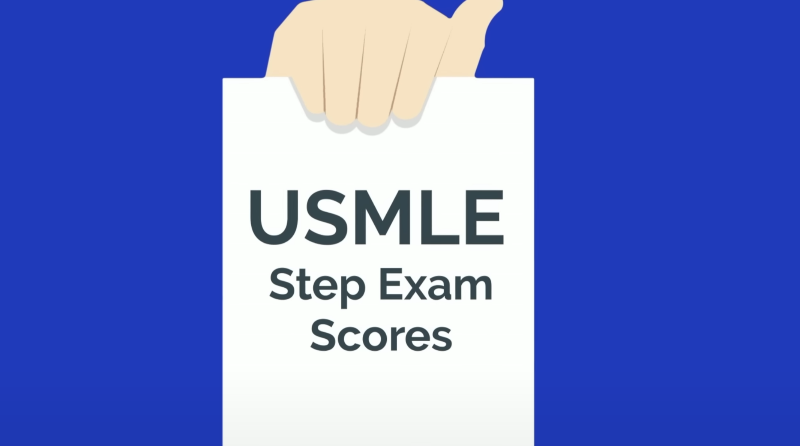by Children's Hospital Boston
Graphical abstract. Credit: iScience (2024). DOI: 10.1016/j.isci.2024.111055
mRNA vaccines saved lives during the COVID-19 pandemic, but older people had less of an immune response to the vaccines than did younger adults. Why? Boston Children's researchers, led by Byron Brook, Ph.D., and Ofer Levy, MD, Ph.D., have found some answers, while providing proof-of-concept of a new system that can model vaccine responses in a dish.
The test system, described in a paper out today in iScience, is called MEMPHIS (Modular Evaluation of immunogenicity using Multi-Platform Human In vitro Systems). It analyzes whole human blood from people of different age groups and applies both proteomics and targeted assays to measure the production of cytokines (immune signaling proteins) induced by mRNA vaccines.
"Our excitement here is the ability to model responses to mRNA vaccines outside the body in an age-specific fashion, which we demonstrate for the first time," says Levy, who heads the Precision Vaccines Program at Boston Children's. "Our model gives us insight into vaccine activity in vulnerable populations." This, in turn, could help expedite the search for more effective vaccines.
Multi-pronged monitoring
The team collected blood samples from people in different age groups and added the Pfizer/BioNTech COVID mRNA vaccine to the samples. Extensive tests, including proteomics and systems biology approaches, then measured immune activation in response to the vaccine.
This approach identified muted innate immune responses in people over age 60 as compared with those age 18 to 50. In particular, older adults showed an impaired ability to support TH1 immunity, with diminished early inflammatory responses, and lower levels of four key cytokines (CXCL10, IL-1RA, IFN-g, and CCL4), biomarkers that signify generation of a larger immune response.
"The early innate response to mRNA vaccines is critical in instructing the adaptive immune system, triggering maturation of CD4 T cells and supporting downstream cellular and antibody responses that are long-lived," explains Brook.
The lower initial response associated with advancing age, also seen in mice, may explain why immunity waned more quickly in older adults, the researchers say.
While mouse studies have traditionally been considered a gold standard for research, they are expensive, time-consuming, and don't always accurately capture human immune biology. In 2022, Congress passed the FDA Modernization Act 2.0, which allows for alternatives to animal testing, including human cell and organoid models alongside systems biology approaches.
Levy emphasizes that their MEMPHIS test system, for which they've filed a patent, is an exemplar of this new approach. The system provides a nimbler way to predict age-specific human vaccine responses, allowing multiple vaccine doses and vaccine adjuvants—compounds that boost the immune response, of particular interest in Levy's lab—to be tested simultaneously in samples from the same person.
"If we could elicit a young-adult-like innate immune response in an elder, we might be able to provide more protection," says Brook.
De-risking vaccine development for infants and elders
Brook and Levy are now planning a similar study in newborn infants, who have distinct immune systems and vaccine responses. They also want to use their assay to find biomarkers in the blood that predict which mRNA vaccine is most likely to be effective.
"We want to accelerate and de-risk vaccine development using human in vitro systems and eventually be able to select which vaccine and adjuvant are optimal for each population," says Levy.
More information: Byron Brook et al, The BNT162b2 mRNA vaccine demonstrates reduced age-associated TH1 support in vitro and in vivo, iScience (2024). DOI: 10.1016/j.isci.2024.111055
Journal information: iScience
Provided by Children's Hospital Boston







Post comments